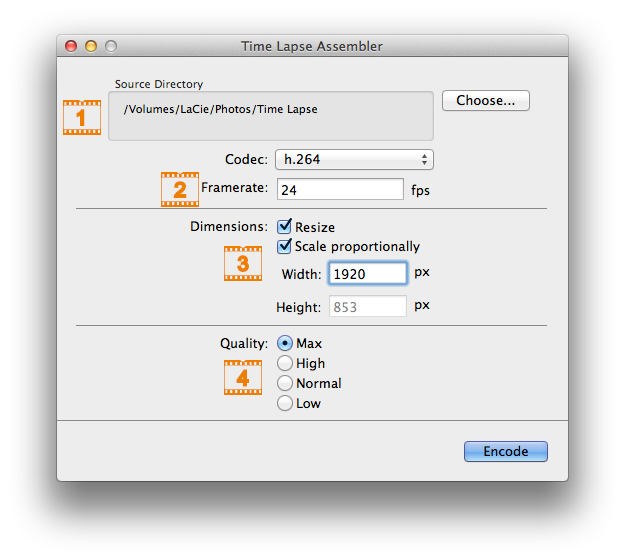
You can get back to your original plan by removing every alternate image for the final sequence. For example, if you decide to use a 30 second interval for a moon sequence, but want to be sure that the final sequence will be smooth, shoot at 15 second intervals. You can always discard alternate or irrelevant images from your final sequence if you want to speed up the action. However, you may be limited in low light situations.Ī good starting point for any subject matter is to create your time-lapse with a shorter interval than you may think is appropriate. Just remember, the faster the movement of the subject or subjects within your project, the shorter the interval between images captured. Selection of shutter speed, depth of field and the interval between shots can be set as desired. When using a DSLR, you have all the control to create good time-lapse sequences. As a guideline, the greater the frames per second the smoother the playback. The typical frame rate for movies is between 24 and 30 frames per second. An AC coupler is used in lieu of the camera battery.

Don’t use your camera’s LCD screen for viewing and deleting images.

Also, limit the preview duration, keeping it to a minimum. Use these screens only if it is imperative and then make certain that you lower the brightness using one of the custom functions.
1080P TIME LAPSE ASSEMBLER MANUAL
A lens that has a manual aperture ring is best as the aperture blades do not open and close for each shot captured. LensesĪll focal lengths are suitable based on the subject you select. They also have an array of lenses to choose from and all the accessories required for capturing time-lapse sequences. In particular, they are capable of manual exposure and focus control. They not only capture images that are of a higher quality but have features most suitable for time-lapse. Though point-and-shoot cameras will do the job, digital single lens reflex cameras (DSLR’s) and mirror-less cameras allow for the most flexibility. What do you need to do time-lapse photography? Cameras With time-lapse the process from solid to liquid could be seen in seconds. If you were to witness an ice cube melting it would take an hour or more. These individual images are then combined using software, thereby compressing the event into a much shorter time span. Time-lapse imagery is the capture of individual images of a subject at preset intervals over a preset duration. Time-lapse photography shows you events that occur over an extended period that are captured on camera and shown in a relatively short time.


 0 kommentar(er)
0 kommentar(er)
